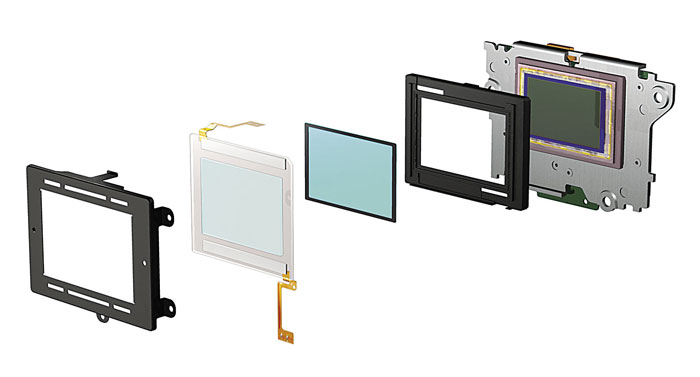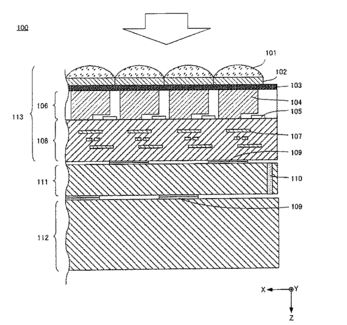
Nikon file a patent for stacked BSI CMOS image sensor, stacked CMOS sensors are better than the BSI CMOS sensor because they have built in memory chip which allow for faster read out of data.
We do expect the future Nikon Mirrorless camera and DSLRs (May be Nikon D6) will carry stacked CMOS image sensor.
Take a look at the translated details below.
[Publication No.] JP 2018-67965 (P2018-67965A) Click Here
[publication date] 2018 April 26 Date (2018.4.26) Title
: Image pickup device and image pickup device Sensor structure Electrical circuit
Stay with us on FACEBOOK | TWITTER | GOOGLE+ to get live news + rumors 24X7







Why would a DSLR need a stacked sensor? You cannot operate a mechanical mirror much faster than 14fps, let alone the 20fps they can achieve like A9. Maybe they can offer a hybrid solution, flip the mirror up and switch to e-shutter.
@odin you are absolutely right.
Nikon and Canon both are working on Hybrid EVF, E-shutter and New generation of AF sensors. So, they can jump over the mechanical limit of flip-up mirror.
Stacked sensors don’t inherently have DRAM. The first sort of these simply create the image sensor and the digital electronics as separate chips, for lower noise and higher yields on those big sensors. When we start seeing 3-chip stacks, we should see true global electronic shutters.
In the A9 stacked specifically means adding a DRAM buffer directly behind the sensor, to allow for much faster read-out speeds, and the main reason it achieves 20fps. I’m sure you could stack the sensor with non-DRAM layers, but why would you if you want near global shutter performance?